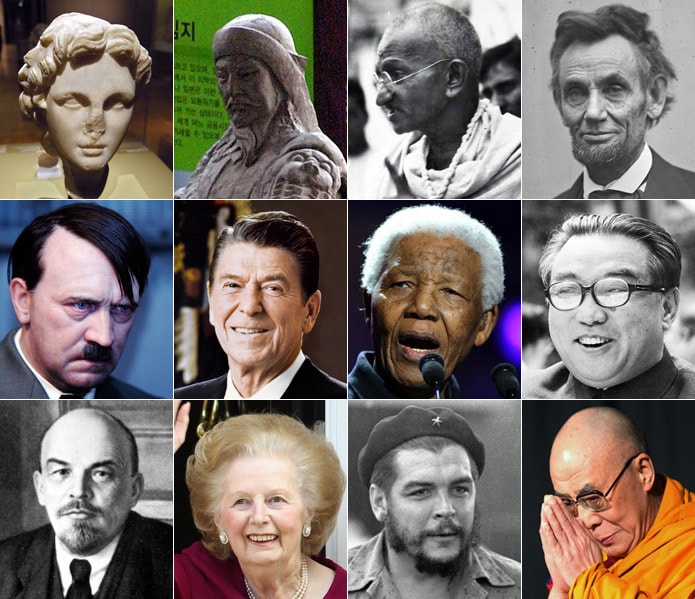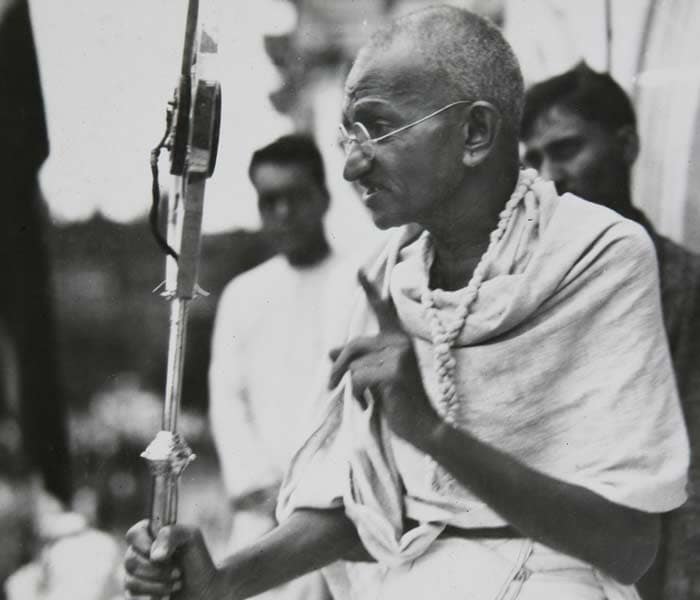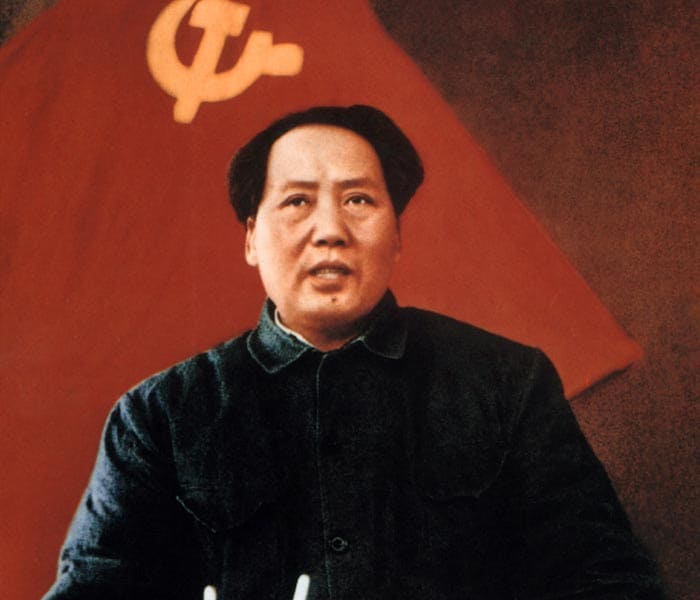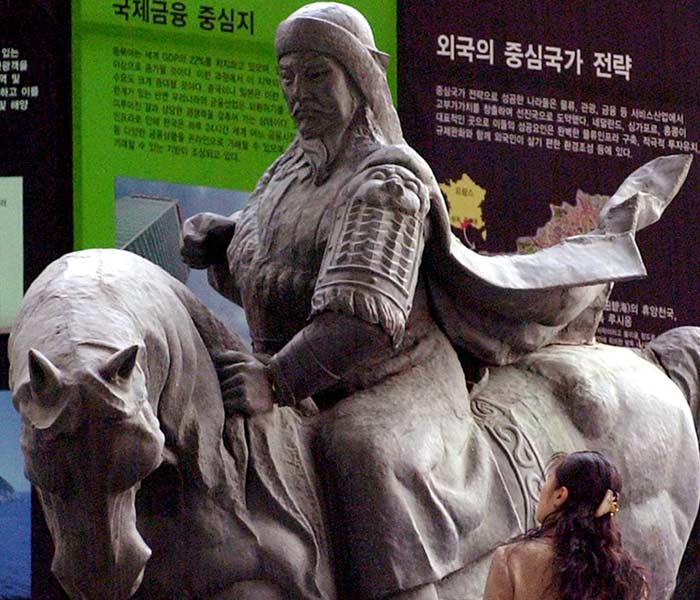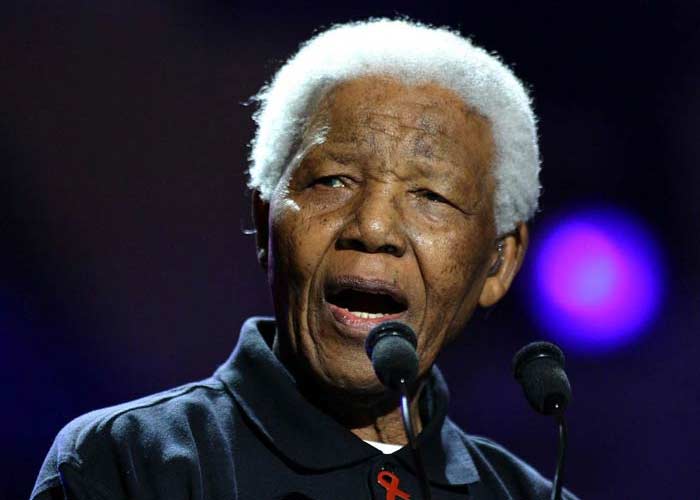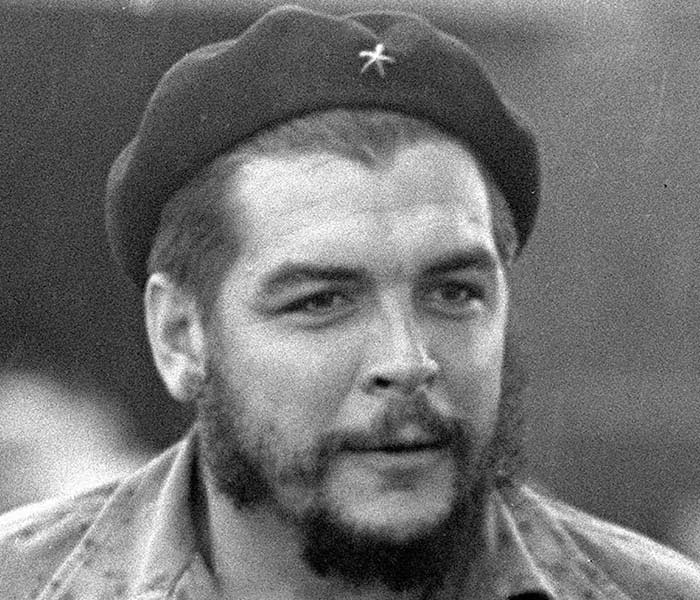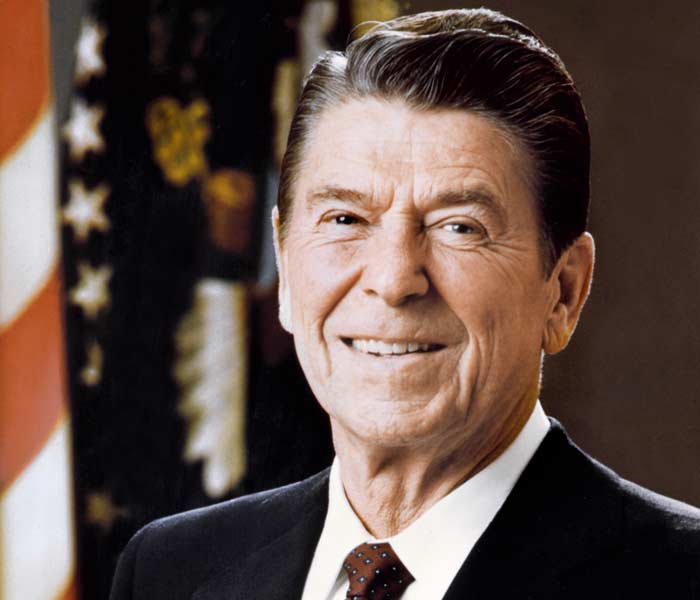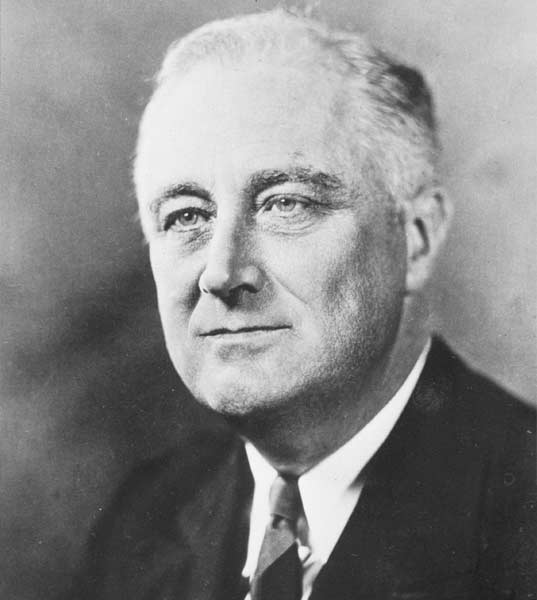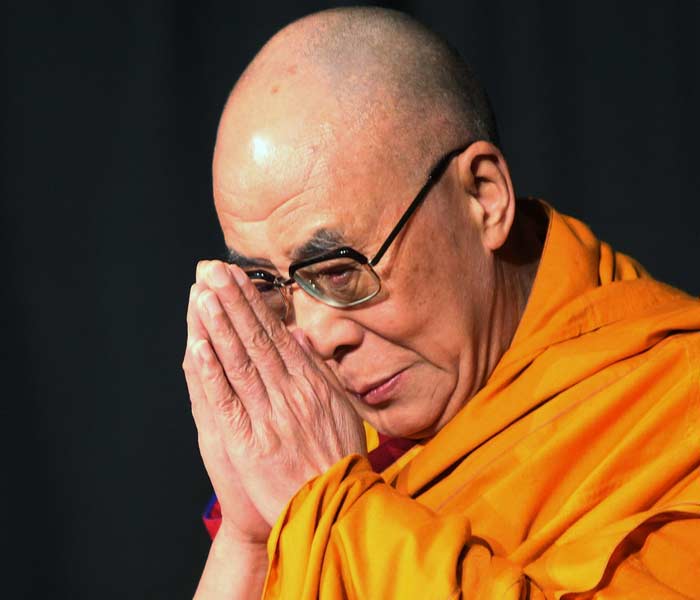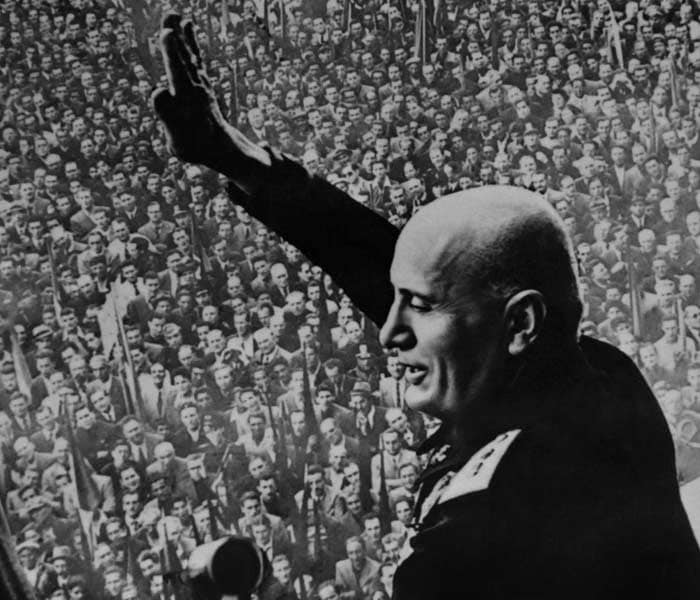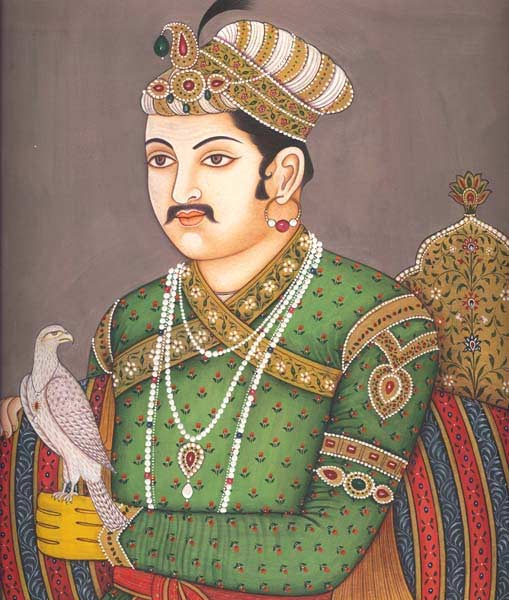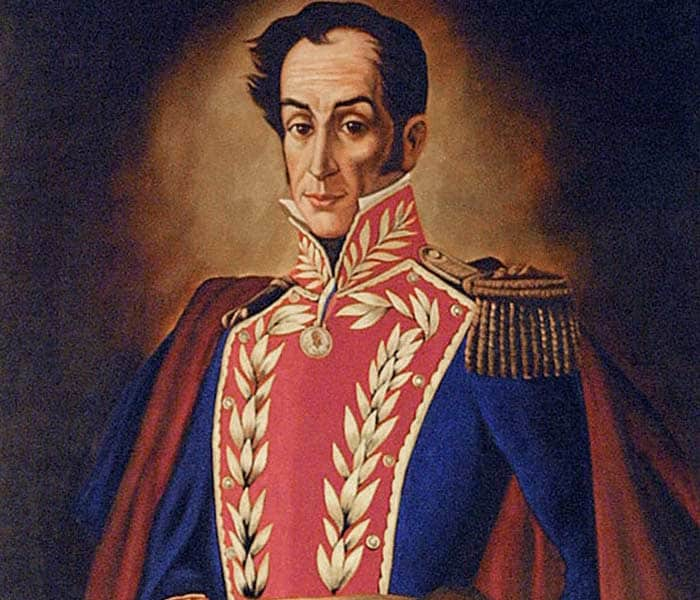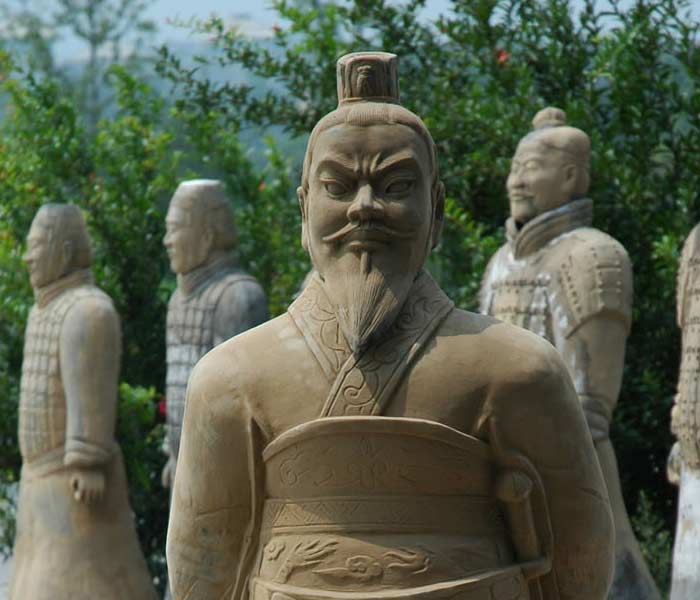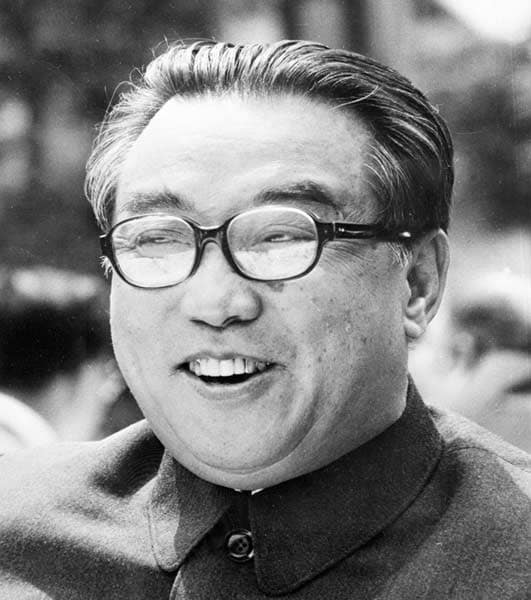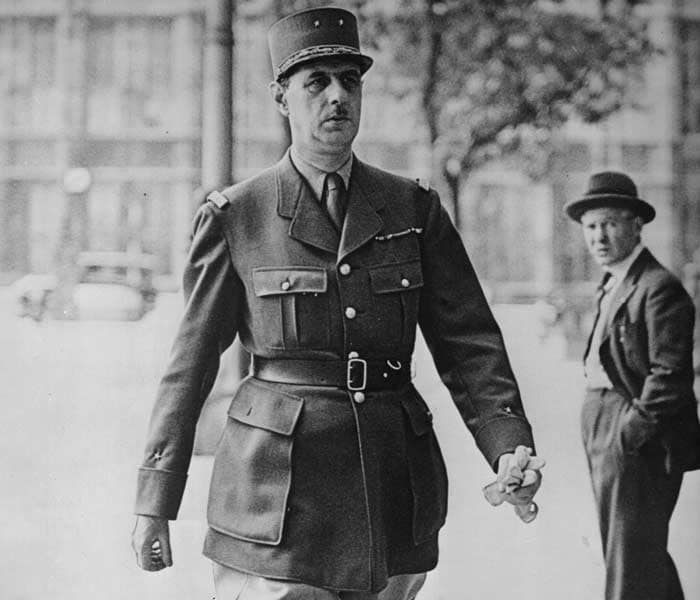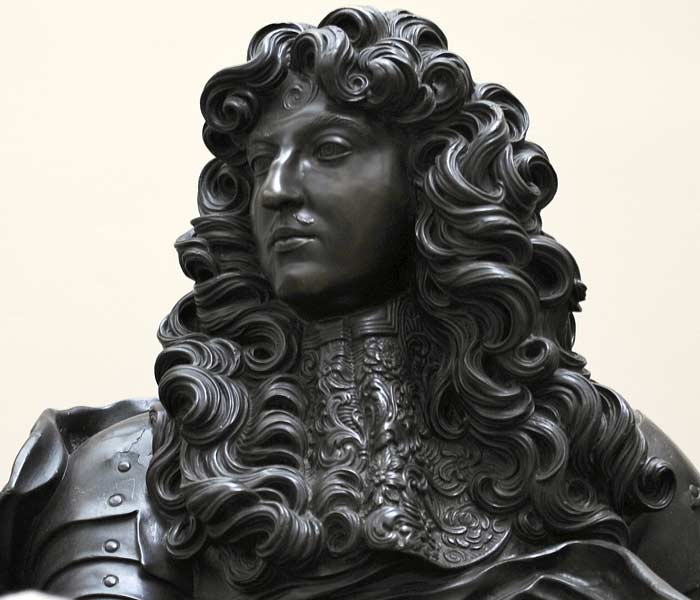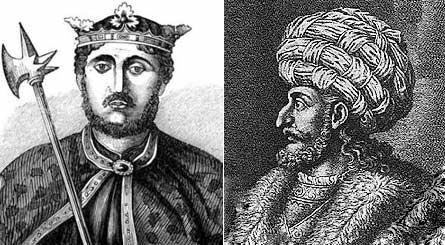Mahatma Gandhi tops TIME's list of top 25 political icons
Some conquered hearts, others marauded; some were known for their tyrant ways, others won over through their political acumenship.
-
Some conquered hearts, others marauded; some were known for their tyrant ways, others won over through their political acumenship. TIME magazine has listed 25 of such great political icons of all time. The list, topped by Mahatma Gandhi, also includes names like Alexander the Great and some of history's most polarising figures like Adolf Hitler and Benito Mussolini.
Through this photo feature, we take a look at these great personalities. -
Mahatma Gandhi:
Mohandas Karamchand Gandhi pioneered Satyagraha. His non-violent methods of protest, which included civil disobedience, successfully uprooted the mighty British empire from India and paved the way for its Independence in 1947.
A practitioner of non-violence, Gandhi lay high premium on being truthful and lived modestly.
Gandhi was assassinated on January 30, 1948. (AP Photo) -
Alexander the Great:
Mostly remembered for his conquests, Alexander III of Macedon was a fierce fighter. He was undefeated in battle and is considered one of the most successful commanders of all time. In his desire to reach the 'ends of the world', he built an empire that stretched from the Ionian Sea to the Himalayas.
Alexander died at the age of 32 and his conquests proved too great for his surviving generals. In the years after Alexander's death, a series of civil wars tore his empire apart. (AFP Photo) -
Mao Zedong:
An architect of the People's Republic of China, Mao has been a very influential political figure not just in China, but in world history. Through his policies, based on Marxism and Leninism and his military strategies, Mao transformed China from an agrarian society into a major industrialised world power. But his socio-political campaigns, such as the Great Leap Forward and the Cultural Revolution, are blamed for millions of deaths in China. (AFP Photo) -
Winston Churchill:
The British politician and statesman is widely regarded as one of the great wartime leaders. He saw Britain through the two World Wars, as Lord of Admirality during the First World War and as Prime Minister during the second.
Though he was at the political forefronts form almost 50 years, Churchill was thrown out of office, into the political wilderness, following after the Second World War. He, however, became the Prime Minister for a second term in 1951 before retiring in 1955. (AP Photo) -
Genghis Khan:
The legendary 13th century Mongolian warrior and conqueror is among the few figures in the world history who truly inspire the awe, and terror.
Genghis Khan came to power by uniting many of the nomadic tribes of northeast Asia started and led the Mongol invasions which resulted in the establishment of the largest contiguous empire in history. His descendants went on to stretch the Mongol Empire by conquering Korea, Central Asian countries, and substantial parts of Eastern Europe. (AFP Photo) -
Nelson Mandela:
Nelson Mandela not only occupied an untouched place in the South African imagination but he was able to touch a million lives across the world. Referred to as the national liberator and the saviour of South Africa, he became a potent symbol of resistance as the anti-apartheid movement gathered strength in the country. Nelson Mandela's life was one of struggle, survival and success. Fewer men in history have done so much in the name of equality, freedom and peace as much as he has. -
Abraham Lincoln:
Lincoln served as the 16th President of the United States from 1861 until his assassination in 1865. He successfully led the country through the Civil War, and ended slavery. Lincoln even issued the Emancipation Proclamation in 1863, and promoted the passage of the Thirteenth Amendment to the United States Constitution, that declared the slaves be free forever. He is remembered for his great oratory skills and his Gettysburg Address of 1863 became one of the most quoted speeches in history. (AP Photo) -
Adolf Hitler:
He was an Austrian-born German politician and the leader of the Nazi party. He was Chancellor of Germany from 1933 to 1945, and served as head of state (as Führer) from 1934 to 1945. His fervent nationalism saw the rearmament of Germany and its participation in the Second World War. Nazi forces engaged in numerous violent acts during the war, including the killing of millions Jews targeted in the Holocaust. (Getty Images) -
Ernesto 'Che' Guevara:
He was an Argentine Marxist revolutionary, guerrilla leader, and military theorist. A major figure of the Cuban Revolution, since his death, Guevara's stylised look has become a ubiquitous countercultural symbol and global insignia within popular culture. While living in Mexico City, he met Fidel Castro, joined their march, with the intention of overthrowing US-backed Cuban dictator. (AP Photo) -
Ronald Reagan:
Reagan was the 40th President of the United States. He began a career as an actor, appearing in over 50 movie productions and earning enough success to become a publicly recognised figure. Originally a member of the Democratic Party, he switched to the Republican Party in 1962. As president, Reagan implemented sweeping new political and economic initiatives. (AFP Photo) -
Cleopatra:
The Egyptian queen and the last pharaoh is remembered for her dazzling beauty and her kingdom. In most depictions, Cleopatra's successive conquests of the world's most powerful men are taken to be proof of her aesthetic and sexual appeal. Shakespeare's Antony and Cleopatra immortalised her in the romantic world where Cleopatra committed suicide after her lover, Mark Antony, was defeated in the battle with Caesar's heir Octavianus. She succumbed to the venomous bite of an asp rather than be taken captive. (AP Photo) -
Franklin Roosevelt:
Franklin Delano Roosevelt was the 32nd President of the United States and a central figure in world events during the mid-20th century He led the United States during a time of worldwide economic crisis and world war. And is the only American President to be elected for more than two terms. Working closely with Winston Churchill and Joseph Stalin in leading the Allies against Germany and Japan in World War II, he died just as victory was in sight. (Getty Images) -
Dalai Lama:
The Dalai Lama is the most revered spiritual figure for millions of Tibetans across the world. And Tenzin Gyatso, the 14th Dalai Lama, is also well known for his lifelong advocacy for Tibetans inside and outside Tibet. During the Tibetan uprising against China in 1959, the Dalai Lama fled to India and established a Tibetan government in exile. A charismatic speaker, he has since travelled the world, advocating for the welfare of Tibetans and teaching Tibetan Buddhism. (Getty Images) -
Queen Victoria:
She was the monarch of the United Kingdom of Great Britain and Ireland from 20 June 1837 until her death. Her reign of nearly 64 years, known as the as the Victorian era, is the longest of any female monarch in history. It was a period of industrial, cultural, political, scientific, and military progress within the United Kingdom as well as the great expansion of the British empire. (AP Photo) -
Benito Mussolini:
He was an Italian politician and one of the key figures in the creation of Fascism. He became the prime minister of Italy in 1922 and began using the title II Duce. Initially he gained popularity because of his public works programmes such as improvement of job opportunities, and public transport. But his decision to align with Germany during World War II derailed his popularity and led him to a violent death at the hands of his countrymen in 1945 as he tried to escape. (AFP Photo) -
Akbar the Great:
Jalaluddin Muhammad Akbar was the third Mughal Emperor of India. He was the son of Humayun, and the grandson of Babur, the ruler who founded the Mughal dynasty in India. At the end of his reign in 1605 the Mughal empire covered most of the northern and Central India and was one of the most powerful empires of its age. As an emperor, Akbar solidified his rule by pursuing diplomacy with the powerful Rajputs. Akbar's reign significantly influenced art and culture in the country. He even founded a religion, the Din-i-Ilahi (Divine Faith), which included the teachings of major religions of the world. -
Lenin:
Vladimir Ilich Ulyanov Lenin was a Russian Marxist revolutionary who headed the Bolshevik revolution (also known as the October Revolution) in 1917 against the provisional Russian government. He was the architect and the first head of the USSR. (AP Photo) -
Margaret Thatcher:
Margaret Hilda Thatcher was the first female Prime Minister of Britain. Her political ambitions began in 1959 when she was elected as a Member of Parliament. Twenty years later, in 1979, she became Britain's Prime Minister. Her political philosophy and economic policies emphasised deregulation, particularly of the financial sector, and flexible labour markets. She took a hard line against trade unions, and her tough rhetoric in opposition to the Soviet Union earned her the nickname of the 'Iron Lady'. She survived an assassination attempt in 1984. (Getty Images) -
Qin Shi Huang:
He was the king of the Chinese state of Qin and later became the first emperor of a unified China in 221 BC. He undertook some of the most significant projects, including the first version of the Great Wall of China, the now famous city-sized mausoleum guarded by a life-sized Terracotta Army, and a massive national road system. -
Kim Il-Sung:
He was a Communist leader who led North Korea from its founding in 1948 until his death in 1994. During his tenure, he ruled North Korea with autocratic power. Historical facts suggest that Kim was responsible for instigating the Korean War in 1950. Following his death, he was succeeded by his son Kim Jong-il. (AFP Photo) -
Charles de Gaulle:
A French general and a statesman, de Gaulle led the Free French forces in World War II. He escaped to Britain and in his now famous BBC broadcast in 1940, de Gaulle exhorted the French people to resist Nazi Germany and organised the Free French Forces with exiled French officers in Britain. He was later the President of the fifth French Republic in 1958. (AP Photo) -
Haile Selassie:
He was the ruler of Ethiopia from 1930 to 1974. He is remembered for giving Ethiopia its first written Constitution. Haile Selassie is worshipped as Jesus incarnate among followers of the Rastafari movement, which emerged in Jamaica during the 1930s. (AP Photo) -
King Richard the Lionheart & Saladin:
Richard I was known as Richard the Lionheart because of his reputation as a great military leader and warrior. By age 16, Richard was commanding his own army, putting down rebellions against his father, King Henry II. Saladin was the Sultan of Egypt and Syria. He led Islamic opposition to the Franks and other European Crusaders in the Levant.

